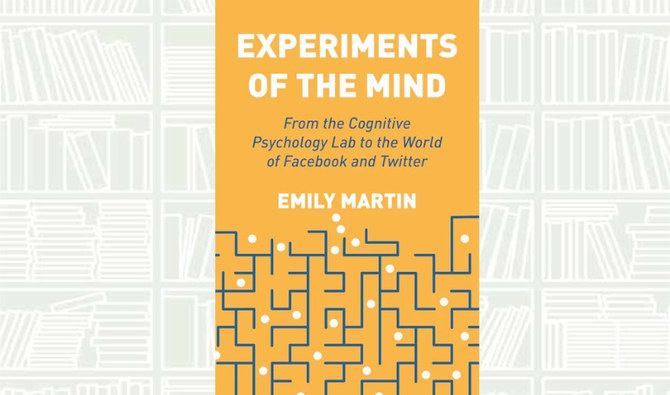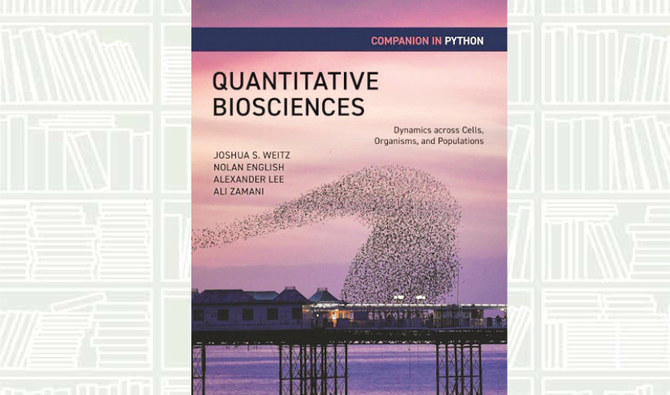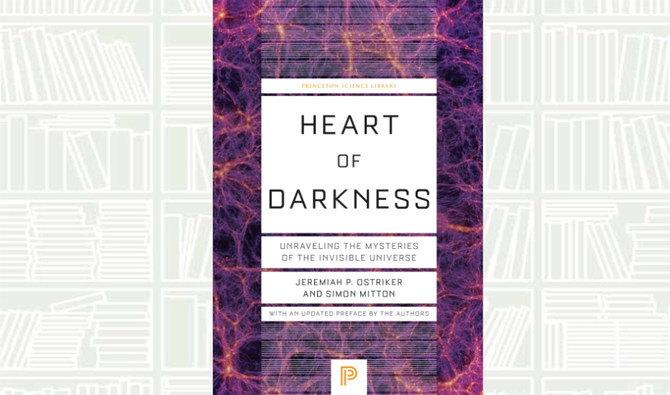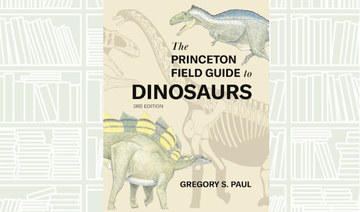Benjamin Dreyer has presented a splendid book that is part manual, part memoir, and chockfull of suggestions for tightening and clarifying prose.
“Dreyer’s English: An Utterly Correct Guide to Clarity and Style” is a treat for those who delight in words and arranging them well.
The book not only lays down rules but offers tips for writers who want to be clear and elegant as well as correct, states Sarah Lyall in a review published in The New York Times.
Dreyer is vice president, executive managing editor and copy chief, of Random House. He began his publishing career as a freelance proofreader and copy editor.
A graduate of Northwestern University, he lives in New York City. He has copyedited books by authors including E. L. Doctorow, David Ebershoff, Frank Rich, and Elizabeth Strout, as well as Let Me Tell You, a volume of previously uncollected work by Shirley Jackson.




















